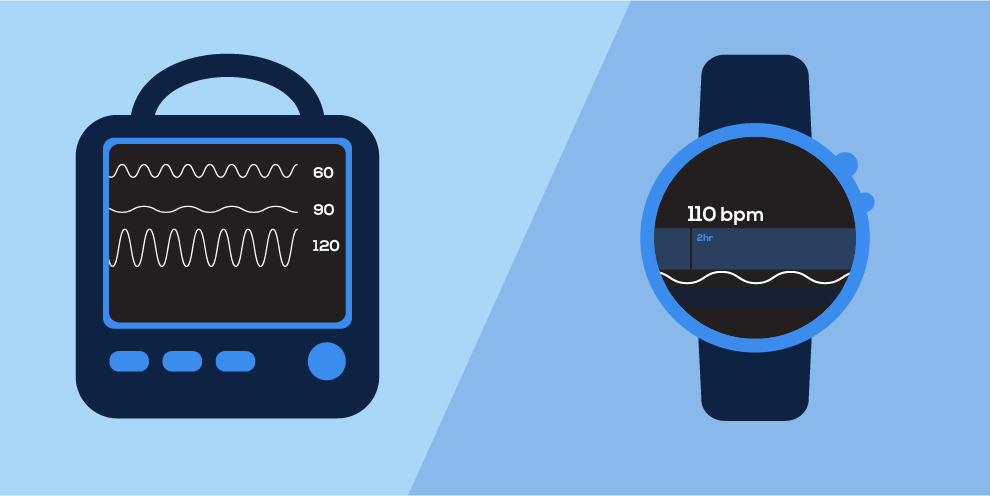The COVID-19 pandemic has almost single-handedly changed the medical device industry. With an ever-growing number of COVID-positive patients needing to be hospitalized, medical institutions are understaffed, insufficiently supplied, and frantically looking for new medical technology. This unprecedented demand for medical devices has caused the patient monitor industry to rapidly grow.
Innovation coupled with the healthcare industry’s desperate plea to get control over COVID outbreaks has helped develop and push Remote Patient Monitoring (RPM). The decisive and rapid reliance on RPM and traditional monitoring solutions has streamlined patient monitor technologies and has rushed the FDA to approve such systems as the Philips IntelliVue Patient Monitors.
With new technology, innovations, and information, it can be difficult to pinpoint exactly what models are relevant in this new wave of healthcare. We hope to simplify things for you, continue reading to learn about the differences between remote and traditional patient monitoring.
RPM
What is RPM?
RPM or remote patient monitoring is used to collect information outside the patient’s medical facility. This helps save medical staff time and reduce the risk of readmission and exposure to COVID-19. It is often very similar to current technologies such as smartphones and tablets, making it highly user-friendly to patients. What’s more, RPM offers a constant stream of data which gives the doctor a more accurate picture of the patient’s health. Overall, the growth of RPM has helped improve patient care and promote telemedicine practices. However, with RPM the cost can be difficult to quote because it is determined based on what you want to monitor. In addition, the price depends on the software and whether you’re planning on renting or buying.
Features of RPM
Before investing in remote patient monitoring, it is important to understand what features you need. RPM provides many functions, such as vital signs, blood pressure, blood sugar, blood oxygen level, heart rate, and electrocardiogram. Additionally, some devices can monitor pulse, blood oxygen saturation, blood sugar levels, heart events, and even help with medication management. Finally, RPM can record biometric event data like sleep, activity, heart rate, and body weight. It is important to note these features will not all be included in one single monitor, but instead would be separate monitors.
Traditional Monitoring
Basic
Basic patient monitors such as the Edan iM8, commonly include ECG, NIBP, SPO2, and TEMP and are able to meet most facility needs. On average, these monitors will cost between $1,995-$2,495, considerably less than their high acuity counterparts.
High Acuity
High acuity patient monitors will include the basic standard parameters along with additional features. These features are extensive and are designed to meet any critical situation that arises. Such parameters are anesthetic gas, end-tidal CO2, bispectral Index, impedance, and invasive blood pressure. Because of the substantial differences between these and basic monitors, high acuity monitors sell at a much higher cost ranging anywhere between $4,000 and $3,000.
With an impending wave of COVID cases this winter, hospitals will continue to heavily rely on patient monitors. While RPM proves to be cost-effective in the telehealth practice, traditional patient monitoring will continue to be useful in a hospital setting, especially for critical care patients.
Works Cited
https://healthtechmagazine.net/article/2020/04/how-remote-patient-monitoring-programs-are-beneficial
https://www.globaltelehealthservices.com/finances-of-remote-patient-monitoring/
https://hcpresources.medtronic.com/blog/how-much-do-clinical-remote-monitoring-systems-cost
https://aetonix.com/care-pathways/understanding-all-the-costs-of-remote-patient-monitoring/
https://mhealthintelligence.com/news/top-10-remote-patient-monitoring-solutions-for-hospitals
https://www.anesplus.com/choosing-best-patient-monitor-medical-practice/
https://blog.atltechnology.com/components-of-patient-monitoring-systems







